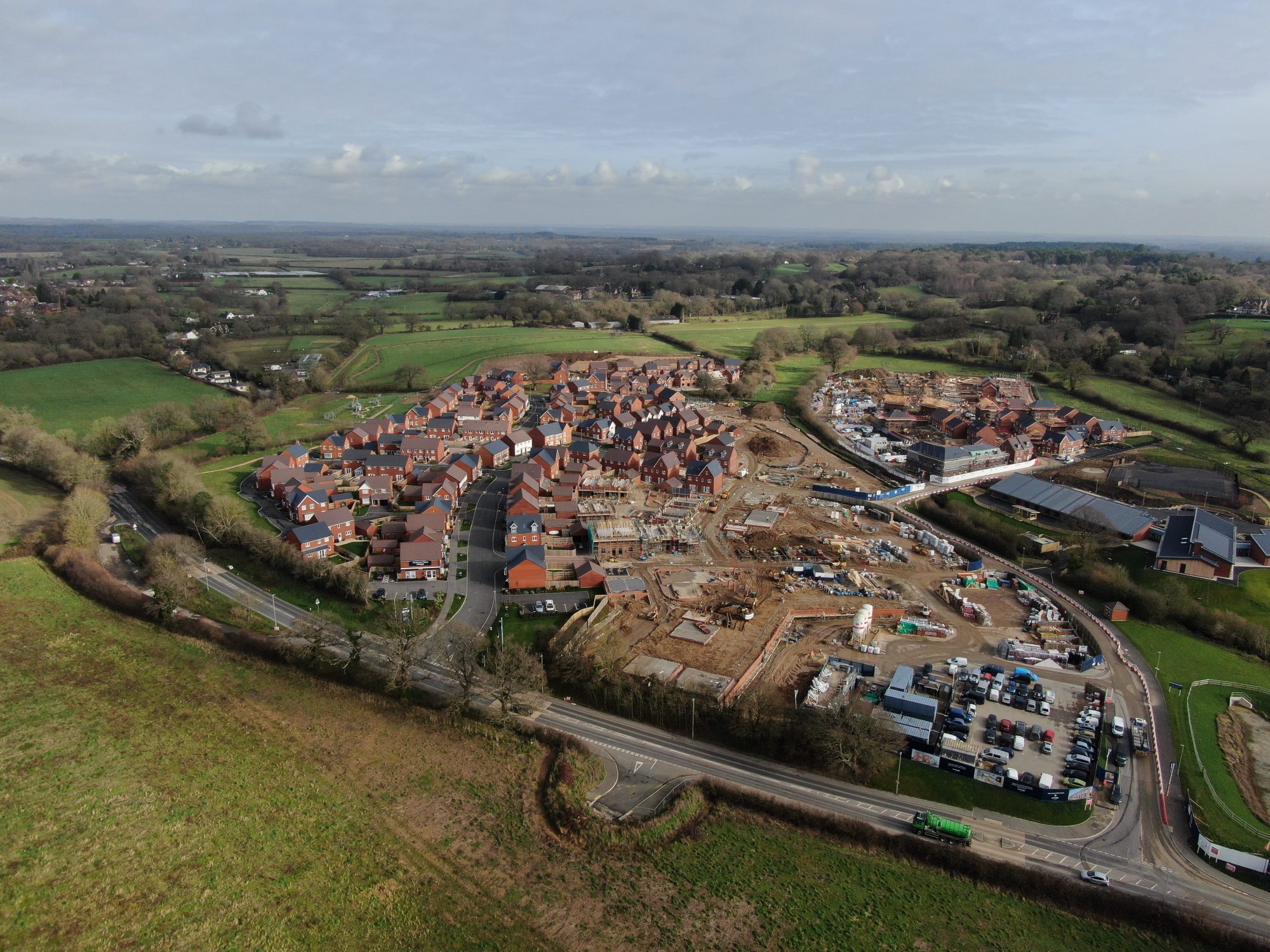As an increase in housebuilding gathers pace, shortages of key construction materials including steel and timber are threatening to derail the recovery. With increasing pressure on deadlines and margins, how can the industry adapt its approach to mitigate the impact of these unprecedented factors? Here, Carol Massay, head of construction at The Access Group, explains the role of technology in keeping construction on track
The number of homes delivered reached 243,770 in 2019/20, the highest annual figure since 1987 and marking the seventh consecutive year of growth in the number of new homes delivered.
Strong housebuilding activity has also fuelled an encouraging first quarter of 2021, but a recent RICS survey found that 57% of construction surveyors highlighted materials shortages as their main obstacle to building back better.
Grappling with the on-going materials shortages
Anyone working in the construction sector will be aware of the widespread concern about shortages this year. The impact of Covid-19 on mills and factories, container shortages, increased red tape at UK ports, and sharp rises in shopping costs are just some of the factors likely to result in longer lead times, as well as higher and increasingly volatile prices.
The BCIS Materials Cost Index showed that materials prices rose by 2.7% in Q1 of 2021, compared to the previous quarter, and 5.6% with the same period a year earlier. The same Index forecast a 7.2% year-on-year rise in the second quarter of the year.
With financial constraints and a shortage of labour continuing to hold back projects, estimators are working hard to win tenders. Rising material costs are also increasing the pressure on surveyors, site managers, and commercial and finance teams to deliver projects on time and on budget.
Given the on-going uncertainty in the industry, as businesses grapple with the impact of Covid-19 and Brexit repercussions, it remains highly unlikely that costs and the supply of materials will stabilise any time soon. This makes it imperative for businesses to have the right systems in place to ensure those already working to tight margins can continue to deliver projects effectively.
Using specialist software to alleviate project delays
When costs start to spiral, without specialist software in place it can be difficult to identify trends, putting the profitability and success of projects at risk, as well as impacting the bottom line.
Using a cost value reconciliation (CVR) process home-builders can track any overspend or under recovery, meaning any alarming trends can be dealt with immediately. Digitising the CVR process also helps project teams to keep on top of the monthly expenditure and revenue. The project team can ensure accurate liabilities for work yet to be billed is entered against the project in the correct period reporting, and also record any under/over measure against the client. The project CVR process also allows the project team to forecast revenue and cost through to completion so that this information is easily shared with the finance director who is ultimately responsible for the financial stability of the company.
Depending on the size of the project, some circumstances may require additional levels of detail assigned to individual cost transactions, known as element or work breakdown structures. This is particularly useful in the volatile market conditions we are currently seeing.
Delivering smarter decision-making
As management teams face up to rising costs and potential delays for materials, access to accurate, up-to-the-minute analytics is vital to inform smarter decision making.
The use of dashboards provides full visibility of trends, based on actual and real-time data, giving the business an accurate and up-to-date representation of a project. Producing weekly and monthly reports will help to raise any concerning trends, and real-time information can prevent over-spend.
The use of mobile apps also means that staff working on-site can instantly view or submit key data to the ERP and finance system, rather than waiting until they are back in the office. With market forces changing rapidly, this speeds up the process and minimises any chance of error or confusion.
There is no doubt that the housebuilding sector is at the heart of the UK’s economic recovery and it is also clear that the challenges we have seen over the first half of 2021 will be with us for the foreseeable future.
There is little businesses can do to impact material shortages or delays at ports, so it is vital that they put the right technology and systems in place to bolster their operations. This approach means that on-site and office-based teams can maintain full visibility and control of projects from start to finish, as well as mitigating the impact of disruption.
Carol Massay
Head of construction
Twitter: @theaccessgroup
LinkedIn: The Access Group














